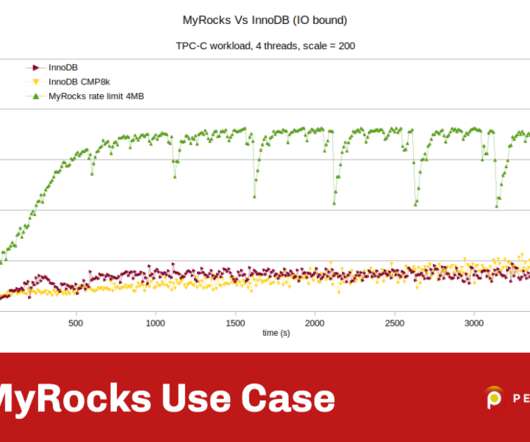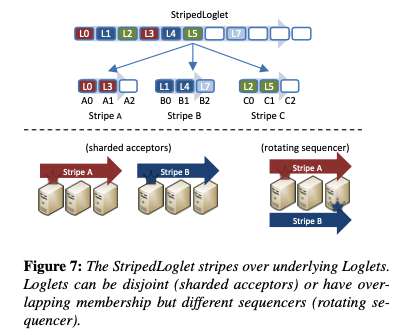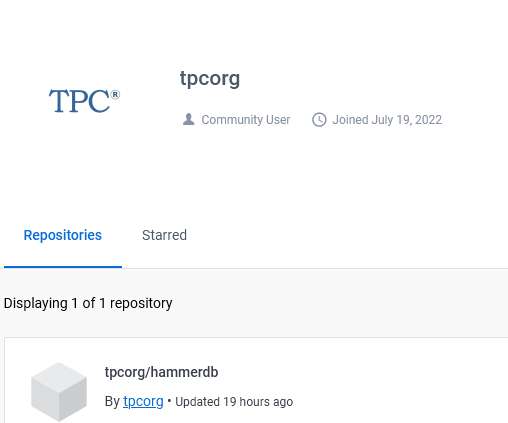How to Assess MySQL Performance
HammerDB
APRIL 19, 2023
Regardless of whether the computing platform to be evaluated is on-prem, containerized, virtualized, or in the cloud, it is crucial to consider several essential factors. As database performance is heavily influenced by the performance of storage, network, memory, and processors, we must understand the upper limit of these key components.


























Let's personalize your content